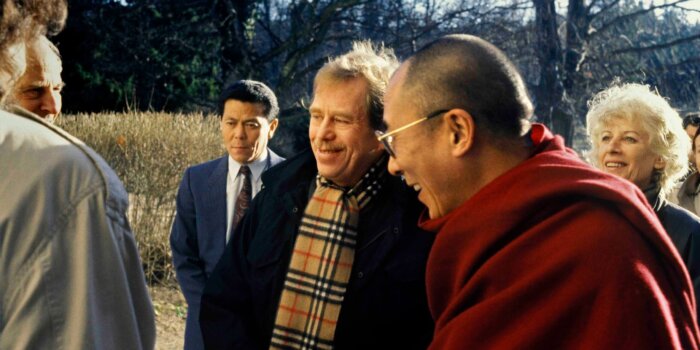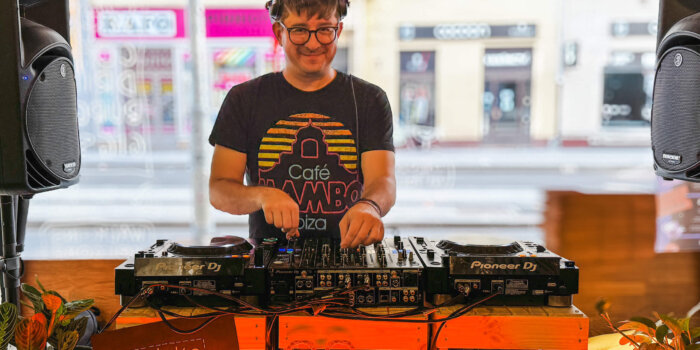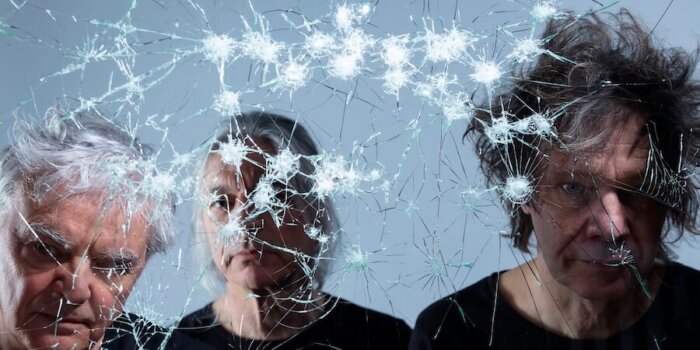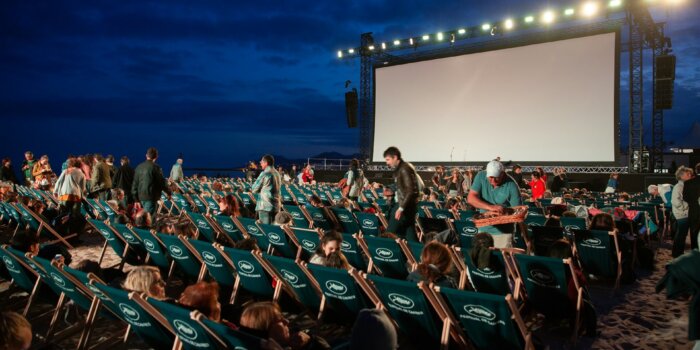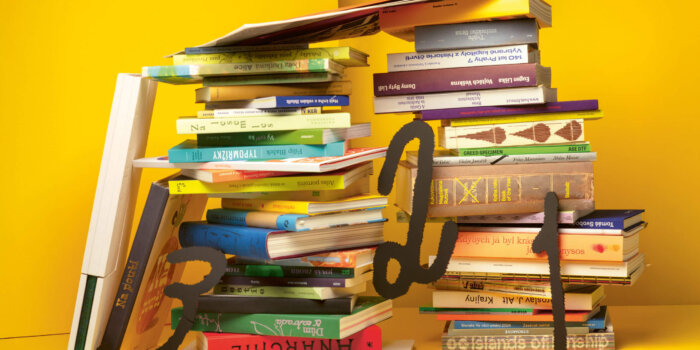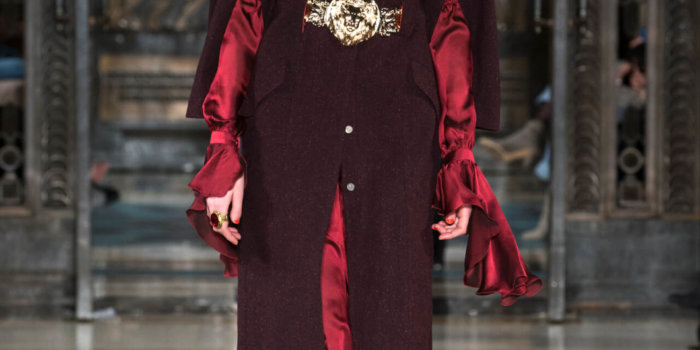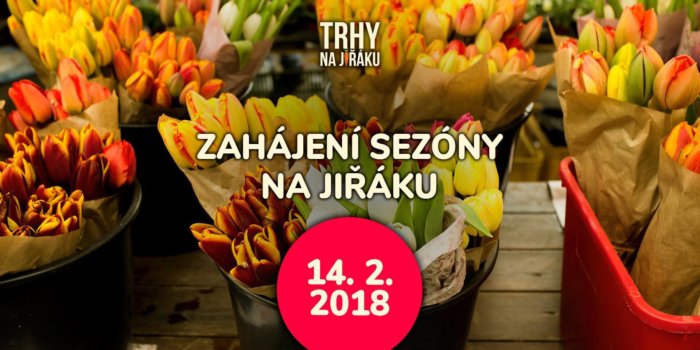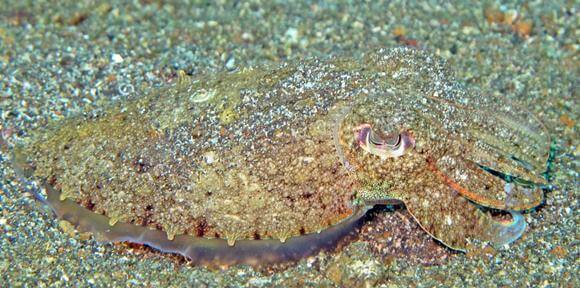Illuminating the hidden kingdom of the truffle
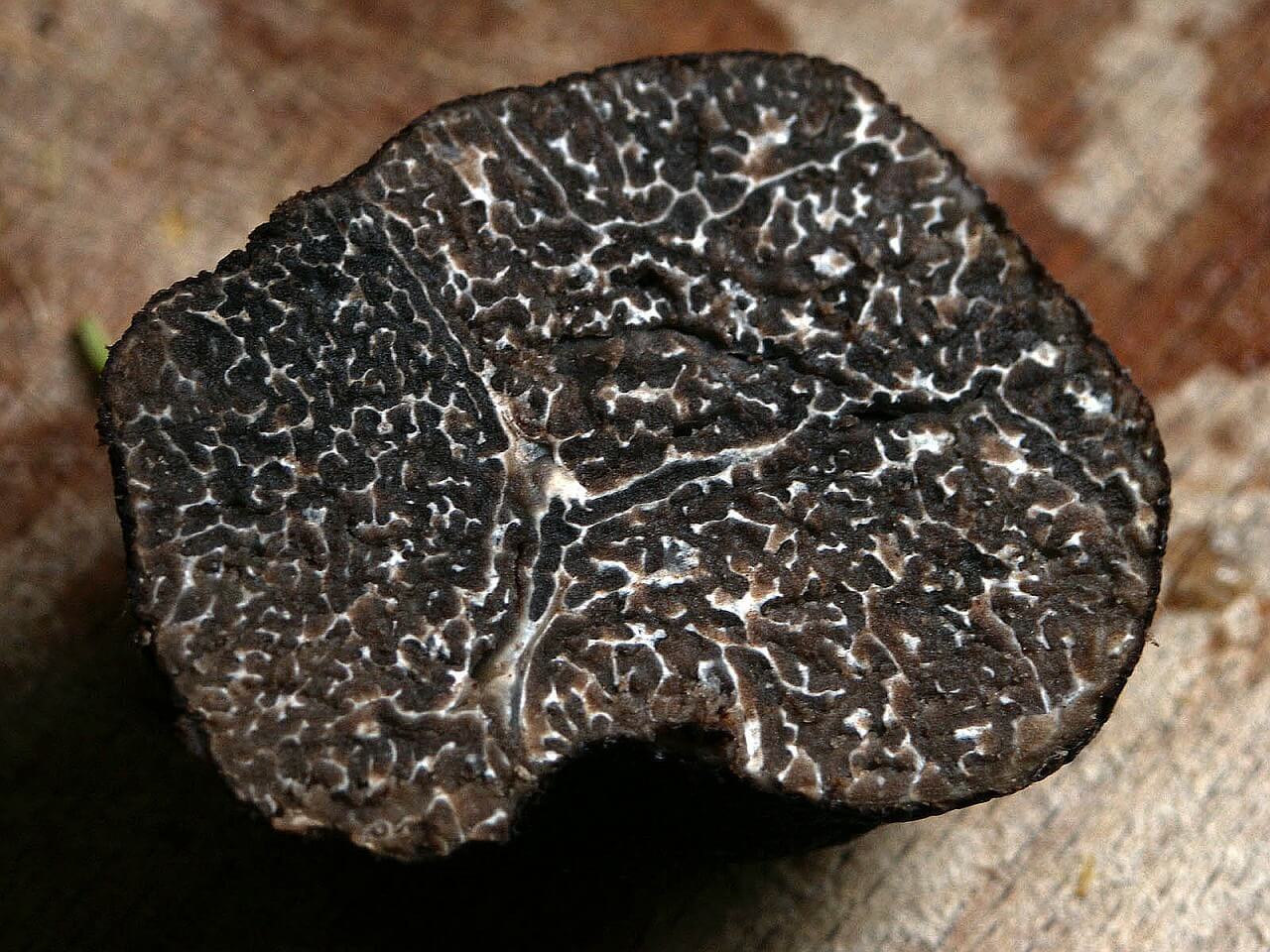
Truffles are one of the world’s most expensive ingredients, and also one of the most mysterious. Now, with the help of a 170-year-old ‘living laboratory’, and a dog called Lucy, researchers hope to unearth new understanding of the secret life of these underground delicacies.
“A unique aroma, a combination of newly plowed soil, fall rain, burrowing earthworms and the pungent memory of lost youth and old love affairs,” wrote the late American food writer Josh Ozersky about truffles.
His sensual words echo the almost hedonistic regard with which truffles are held, and go some way to explaining a price tag of around £1,700 per kilo for rarer species like the Périgord black truffle, and predictions that global sales of truffles will reach several billion GBP annually in the next decades.
Yet very little is known about the biology and ecology of these unassuming-looking fungi that grow naturally in connection with the fine root systems of trees.
Now, with the help of a well-experienced ‘truffle dog’ called Lucy and the Cambridge University Botanic Garden, researchers from Cambridge’s Department of Geography have begun a ‘natural’ experiment to study the seasonal changes and productivity of the Burgundy truffle.
More common than the Périgord black truffle and the rarer-still white Alba truffle, Burgundy truffles are found across Europe and the eastern part of England, including in the 40-acre Botanic Garden planted by Charles Darwin’s mentor Professor John Stevens Henslow in 1846.
“We really don’t know much about the life of a truffle,” explains Professor Ulf Büntgen who, with PhD student Elisabeth Johnson, hopes to discover how, when and where truffles grow and mature, how their spores are dispersed and by which animals, and how their lifecycle is affected by changing environmental conditions, including climate.
“Truffles are remarkable organisms and interesting ambassadors for our fascinating but fragile soil ecosystems, which are considered one of the last big frontiers in science,” says Johnson. “Being able to delve into the mysteries of one of their enigmatic inhabitants is thrilling, especially since they are directly linked to above-ground biodiversity through their partnership with trees – it’s a meeting of two worlds.”
“The beauty of using the Garden for this kind of research is that we have over 8,000 plant species and we’ve been here for 170 years. The trees have had lots of time to establish connections with truffles,” adds Professor Beverley Glover, Director of the Garden.
Truffles live in symbiotic partnership with a host tree – the plant delivers sugars and the fungi provide nutrients. However, as soon as the truffle is unearthed, the truffle’s ecosystem, including its mutualistic partnership, is destroyed.
“No-one has succeeded in creating the necessary complexity of real-world conditions in a normal lab to understand the below-ground lifecycle of the truffle,” explains Büntgen. “The Cambridge University Botanic Garden is an almost perfect living laboratory, potentially allowing us a glimpse into the life cycle and community structures of truffles across time and space. It is an immense privilege to be able to carry out this kind of research at this historic site.”
The Garden was founded to support the University’s teaching and research, which it still does today. “What’s exciting about this project for the Garden team are the many ‘firsts’,” says Glover. “It’s the first time we’ve looked at the truffles below our trees, the first time we’ve had a dog involved in research, and as far as we know it’s the first time in the world that anyone has looked at which species of tree these truffles can grow on.”
One area of interest to the researchers is the possibility of climate-induced range shifts in the habitats of truffles. Büntgen’s previous research looked at why yields of the Périgord truffle in Spain, France and Italy have been in decline since the mid-1970s. His work using tree rings as a read-out for the effect of climate on growth showed that falling Mediterranean truffle harvests coincided both with drier summers and reduced growth of Spanish oaks.
In another recent study, Büntgen described the first cultivation of Périgord black truffles in the UK, suggesting that black truffles are able to grow far outside their native habitat.
“Ecological range shifts can have implications for rural tourism, regional agriculture and global prices,” he adds. “We hope that new understanding of the hidden life of the Burgundy truffle will help us to understand the environmental drivers of the growth and maturation of other members of this remarkable family.”
The results from the long-term Botanic Garden experiment will be combined with a larger study of around 30 sites in Switzerland, Germany and Spain.
Lucy will be vital to the success of the project. Büntgen trained his family pet in just four days. Given the chance, she would happily search the undergrowth for many hours simply for the pleasure of finding, digging up and wolfing down one of these nutty-smelling delicacies.
“You never train a dog to smell a truffle – they smell everything. You just train the connection. Lucy is a hunting dog that likes food – she’d harvest for six hours in a row if we let her. Without a dog like Lucy you simply don’t know where to dig.”
Once Lucy has found a truffle, the researchers move in quickly, before she has the chance to snaffle the luxury. As she happily eats her own reward, Büntgen and Johnson take measurements, recording aspects of the truffle and its environment, including its host tree, before removing it for further analysis.
Meanwhile Johnson has decided not to eat truffles for the duration of her PhD: “I find them far too fascinating to eat. Discovering truffles as living beings in our complex ecosystems as a whole gives me immense delight. When not removing them in the name of science, we try to leave their habitat relatively undisturbed to understand how they interact with wildlife and how they unfold new living networks within the deeply fascinating and little-understood world below our feet.”
All truffles unearthed at the Botanic Garden are for research purposes.

The text in this work is licensed under a Creative Commons Attribution 4.0 International License



